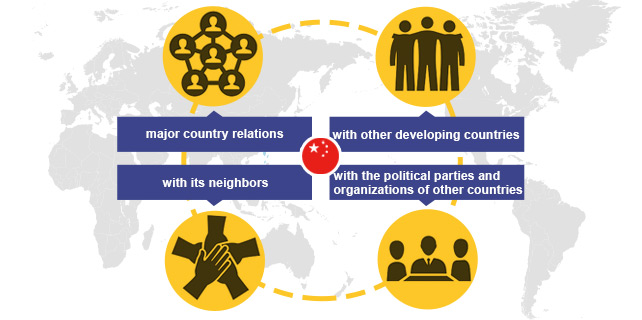Flooding away from the fields
Drought forces Sri Lankan farmers to move to cities in search of work
COLOMBO - When Siri Hettige, a sociology professor at Colombo University, conducts surveys of young people across Sri Lanka, he never fails to ask one key question: Does anybody want to become a farmer?
No, has been the overwhelmingly emphatic answer, he said.
That is one indicator of the growing poverty plaguing many farmers in Sri Lanka, something that is driving increasing migration each year out of rural areas.
"Farmers are moving (out of their villages) because there isn't enough money in agriculture," admitted M.W. Weerakoon, a Ministry of Agriculture additional secretary.
A rice farmer needs two successful harvests a year on about a hectare of land to earn the 17,760 rupees ($115) a month needed to keep a family of four above the country's poverty line, he said. A maize farmer needs even more land - about 1.5 hectares, he said.
But most of the island's rice farmers don't own enough land and large numbers are facing worsening debt, particularly as droughts, floods and other extreme weather linked to climate change hit harvests.
In some cases, farmers have used their land as a guarantee for loans, and face losing it if harvests fail, Weerakoon said.
All of those pressures are driving an increase in migration, largely to urban areas, Hettige, Weerakoon and others said.
"If weather patterns bring more rain or less, a family member is placed in a city where such risks are moderated," said Bilesha Weeraratne, a researcher with the Institute of Policy Studies, a Colombo-based policy agency.
"Vast numbers are moving due to climate risks."
Government data shows that about 4 million Sri Lankans - almost 20 percent of the island's people - are now internal migrants.
Most migrants head for urban areas, particularly Colombo, Gampaha and Kalurara districts in the Western province. For the most part they come from the country's agricultural Central, South, North Western and North Central provinces, according to Sri Lanka's Department of Census and Statistics.
In the two districts of Colombo and Gampaha, one in every four residents is now a migrant, department data shows.
Manual labor jobs
Most of the migrants end up in manual labor jobs in cities, including as office help or construction workers. Increasingly many are also driving threewheeled taxis.
Migrants say finding work is increasingly tough.
"It is very difficult to get jobs because most of them are already taken. The only available jobs for someone like me is in the construction sites, which are looking for manual help," said Sangeeth Hettiarchchi, a 22-year-old originally from Moneragala District, in Sri Lanka's southeast.
He said he left his village last year as income from the family's banana plot dwindled, and now works as a construction worker in Colombo.
For now the government is focused on helping farmers flattened by drought get back in the field. Weerakoon said the government was making rice seed available to farmers at half the usual price this season, hoping to see 320,000 hectares of rice planted, up from 220,000 during the last drought season.
"The key factor would be that we don't lose large tracks of the planted extent," he said.
During the last harvesting season over 81,000 hectares of the 220,000 planted were lost to drought and minor floods, according to Sri Lanka's Department of Agriculture.
Reuters









